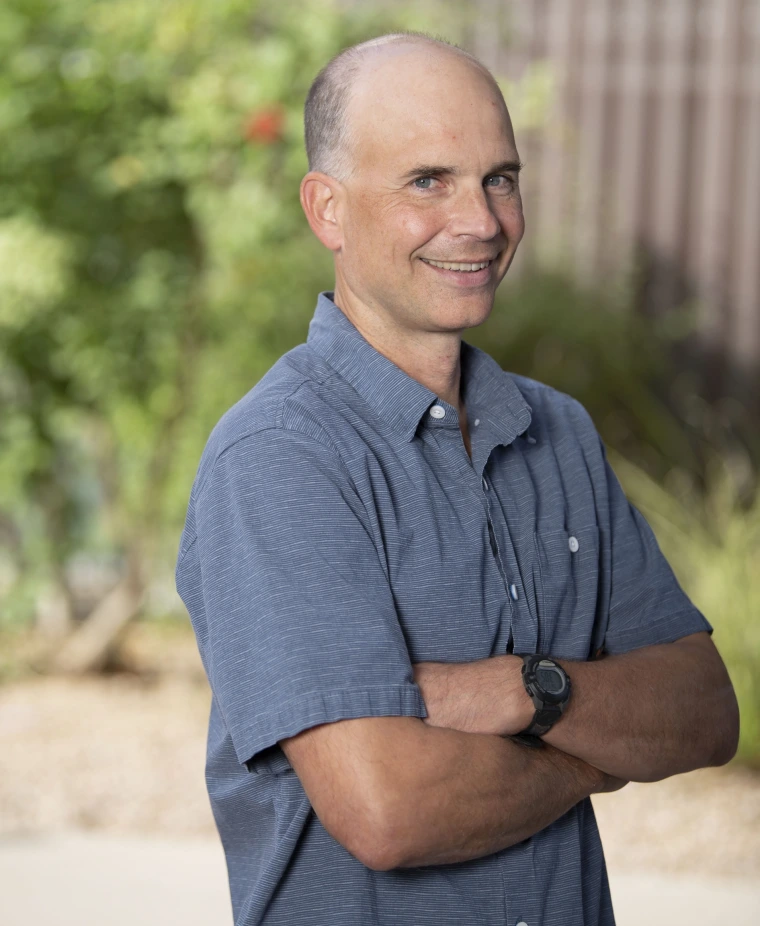Michael S Kuhns, PhD
Michael Kuhns did his PhD training with James Allison at UC Berkeley studying the role that CTLA-4 plays in regulating CD4 T cell responses. He then went on to Stanford University for his postdoctoral studies with Mark Davis, studying the architecture and function of the TCR-CD3 complex. He joined the Department of Immunobiology at the University of Arizona in 2010. When in search of a mental diversion, he enjoys mountain biking and hiking in the local desert and sky islands.
Cancer Focus
His research program is focused on (i) increasing our basic understanding of how T cell fate decisions are made (e.g. development, activation, differentiation, effector functions), and (ii) increasing our working knowledge of how to manipulate these decisions to direct T cells towards a desired outcome, such as increasing responses to tumors.
To this end they are pursuing three lines of investigation.
- The first involves identifying and characterizing the molecular mechanisms that transfer information from the outside to the inside of a T cell.
- The second involves characterizing how these unique mechanisms each influence T cell fate decisions in vivo while developing reagents to manipulate these mechanisms to assess their suitability as targets for translational immune-modulating reagents in humans.
- The third involves biomimetic engineering of synthetic receptors and T cell engagers to develop novel immunotherapeutic.
In pursuit of these efforts, the Kuhns Lab has made important contributions to our broad working knowledge of the molecular and cellular components of the vertebrate immune system.




